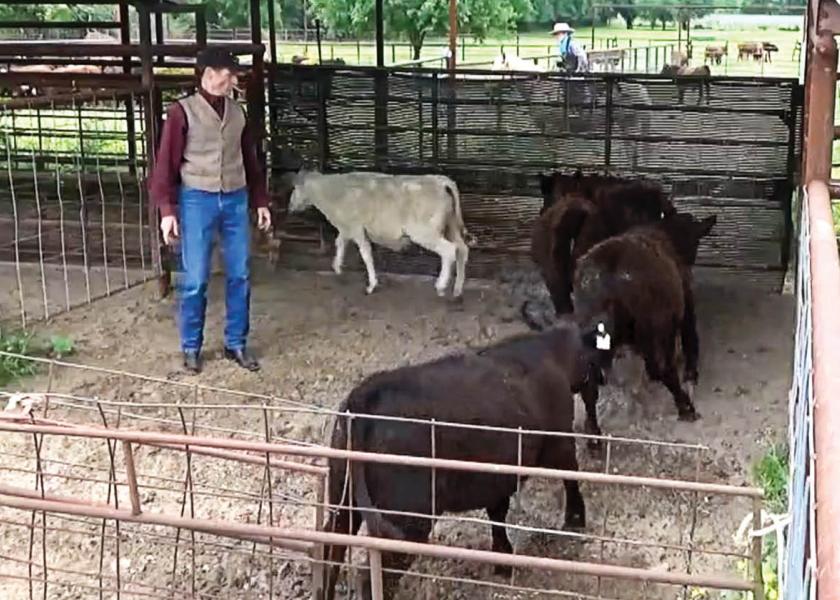Building a BudBox: Part One

In a past column, we argued producers generally do not need to change their corral systems or build new ones to solve animal handling problems. Rather, they need to learn how to handle their animals better (i.e., improve their stockmanship) and use their existing system in better ways. When we do make recommendations for actual physical changes, it usually involves replacing the wedge-shaped crowd pen or tub (reviewed in the January 2020 issue of Drovers) with a BudBox for the compelling reason that they work better. The difference between the three crowd pen systems is this: wedges narrow options to one and rely on force; tubs favor a mechanical over behavioral approach; BudBoxes use a behavioral approach by obeying certain principles.
Principles
Unlike the other crowd pen designs, the BudBox, named after the originator, Bud Williams, is unique in how it makes our idea the animals’ idea so they willing do what we want, whether going up the chute to the squeeze, up the loading dock into the truck, through the trailer load out into the trailer, or onto the scale.
It does so by obeying certain natural animal behavior principles. As articulated by Bud, these principles are:
1. Animals want to go back where they came from.
2. Animals want to see what’s pressuring them.
3. Animals want to go around you.
4. Animals want to see where you want them to go.
As we will see, the design and operation of the BudBox capitalizes on these principles.

Design
The following diagram depicts the standard design and dimensions of a BudBox used for going to a squeeze chute. Bud found the ideal size is 14'x20'. Note the gate latches on the side closest to the line-chute so the exit is as close as possible to the entry (i.e., from the box to the line-chute). All sides are open (to encourage entry) except the gate, which should be covered (e.g., with sheet metal, plywood, shade cloth) to prevent the cattle from seeing those “in waiting” and stalling out.

If using wood planks for the box, Bud recommends a 5" to 6" gap. If using pipe he recommends lining it with something like cattle panels because pipe is a little too open and invites animals to try to put their heads through. The man gate allows for easy and quick escape from the box for safety, or to get in position to work the box from the outside.
Operation

Keeping our four principles in mind, this is how a BudBox works: As a draft of animals come into the box the handler closes the gate behind and takes up the X position. Simply standing there, whether on foot or horseback, applies pressure on the animals against the back of the box until they want to come out and go back where they came from. They simultaneously want to see the source of pressure, to go around us and to see where we want them to go (i.e., the opening). So, what do the animals do when we stand on the X? They generally turn around and flow around us up the line-chute, as shown in the photos.
Conclusion
The BudBox is simple in design, easy and cost-effective to build, simple to operate, and is extremely effective in loading squeeze chutes, trucks, trailers and scales.
Whit Hibbard is a fourth- generation Montana rancher and the editor of Stockmanship Journal. Dawn Hnatow manages two cattle ranches in Texas.







